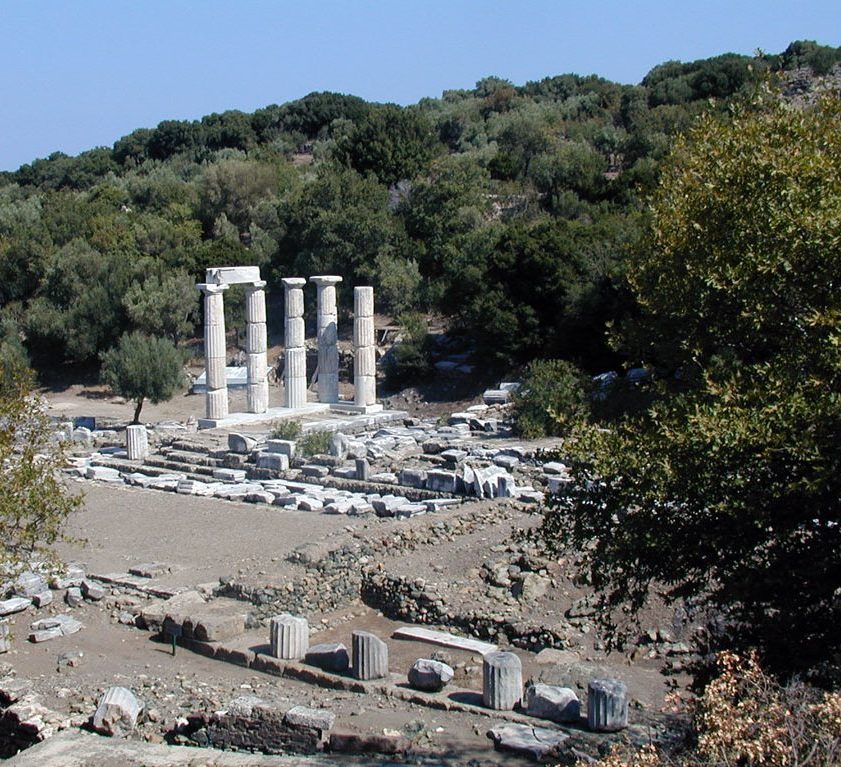The Samothrace Temple Complex, also known as the Sanctuary of the Great Gods, is an ancient Greek religious site located on the island of Samothrace. Established in the 7th century BC, the complex was a significant center of worship for the mystery cult of the Great Gods, a pantheon of deities distinct from the classical Greek gods. The site is most famous for the statue of the Winged Victory of Samothrace, one of the greatest masterpieces of Hellenistic sculpture. The temple complex is characterized by its unique architectural features and the intriguing rituals that took place there.
Thracians
The Thracians were an ancient group who inhabited an area in Southeast Europe, which now encompasses modern-day Bulgaria, Greece, and Turkey. From as early as 2000 BCE until being absorbed by the Roman Empire in the first century AD, the Thracians developed a rich culture that is still being unraveled by historians and archaeologists today. Not a unified empire, the Thracians were a collection of tribes that shared similar languages, customs, and art. They were known for their skills in horse-riding, metalwork, and warfare. Despite their lack of a centralized state, the Thracians exerted substantial cultural influence in the region.
Who were the Thracians? Ancient writers such as Herodotus described them as a powerful people, numerous and formidable in war; their warriors were renowned for their bravery and skill in battle. The Thracians were also known for their elaborate religious ceremonies and burials, which included rich grave goods that have been discovered in burial mounds across their former lands. The Thracians left behind valuable treasures, like intricately worked gold and silver artifacts, stunningly displaying their artistry. While many aspects of their language and day-to-day life have been lost over time, the influence of the Thracians lives on in the cultural and historical fabric of Southeast Europe.

